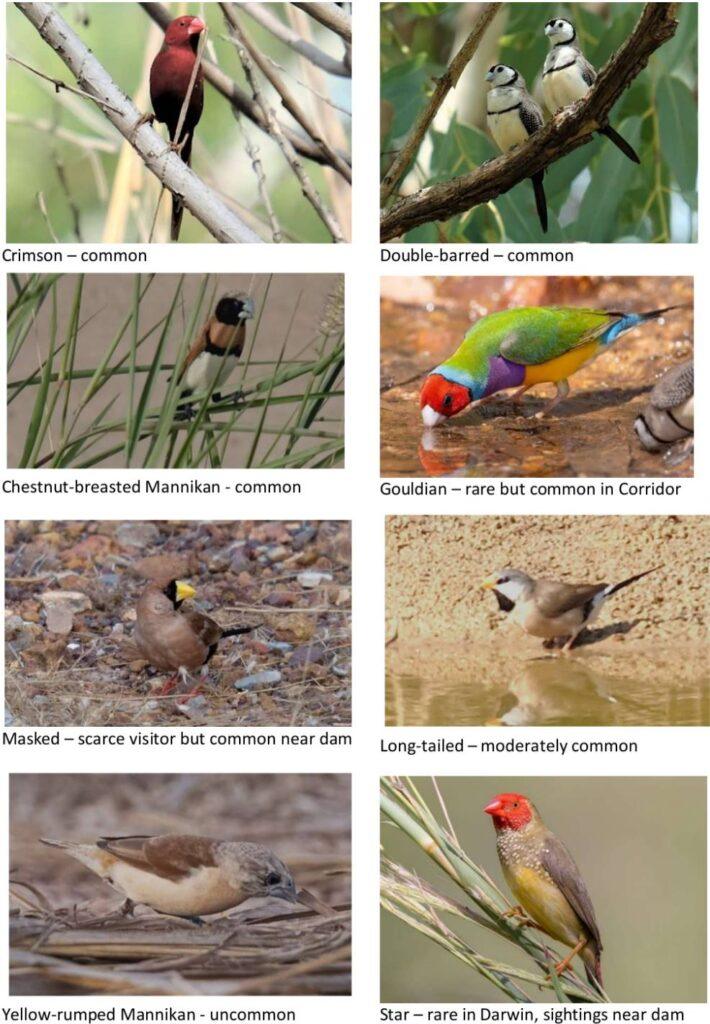
Greetings Friends,
Here are some images of places visited and what happened in 2022. They are presented in five parts:
- Habitats visited
- Walks
- Migratory Shorebirds
- Community Awareness and Art
- Biodiversity
1.0 Habitats visited
Beach – Mangroves – Monsoon Forest – Woodland – Wetland – Rainforest
Lee Point peninsular contains most of the habitats found in the Top End. All images were taken in 2022 from the Lee Point Biodiversity Corridor unless noted otherwise.
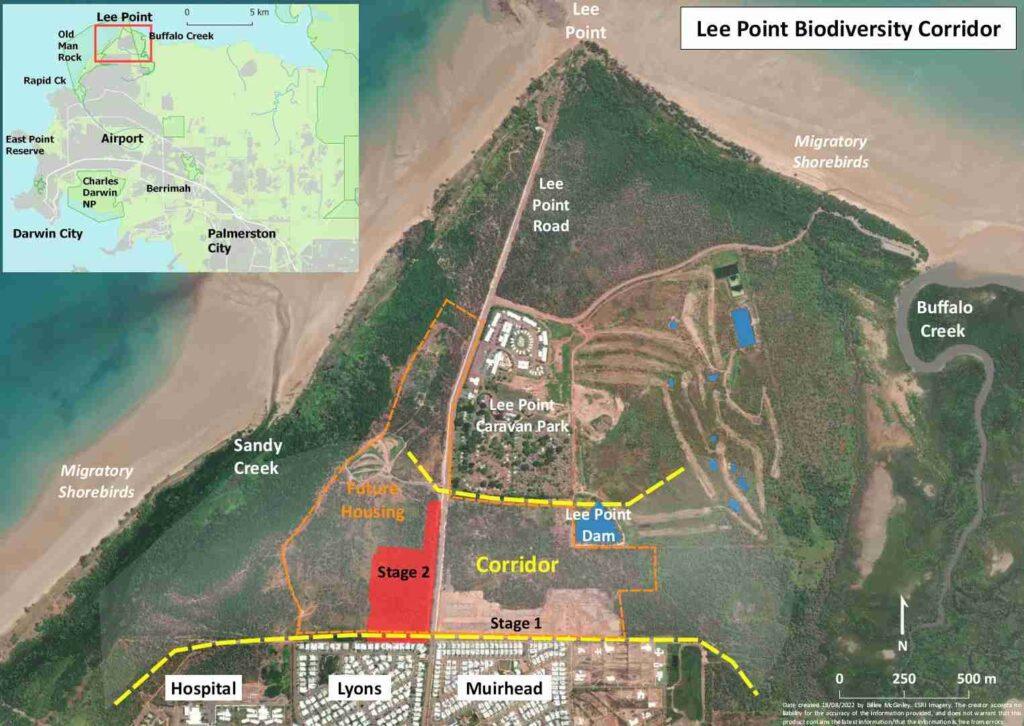
Beach
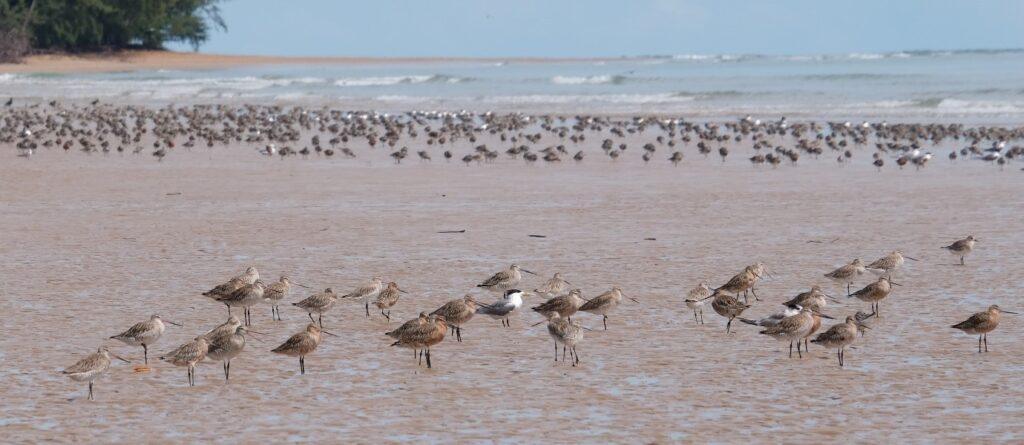
March – migratory shorebirds at Lee Point beach, most of them had left by April.
Mangrove Forest
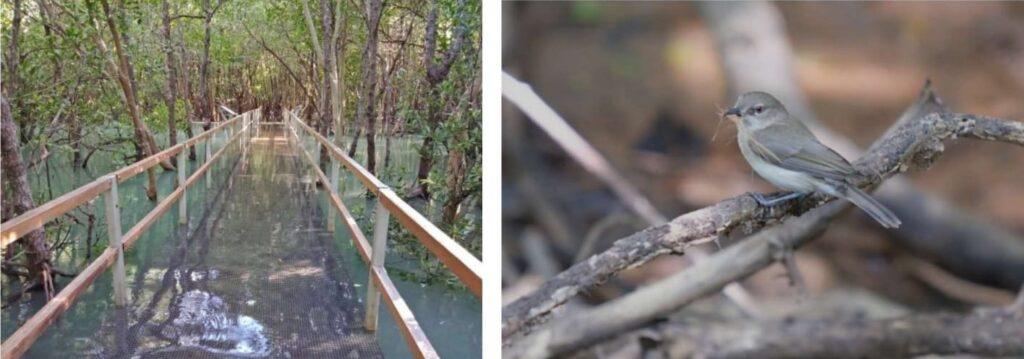
Wet season – high tide and large billed gerygone nesting near Lee Point beach
Monsoon Forest
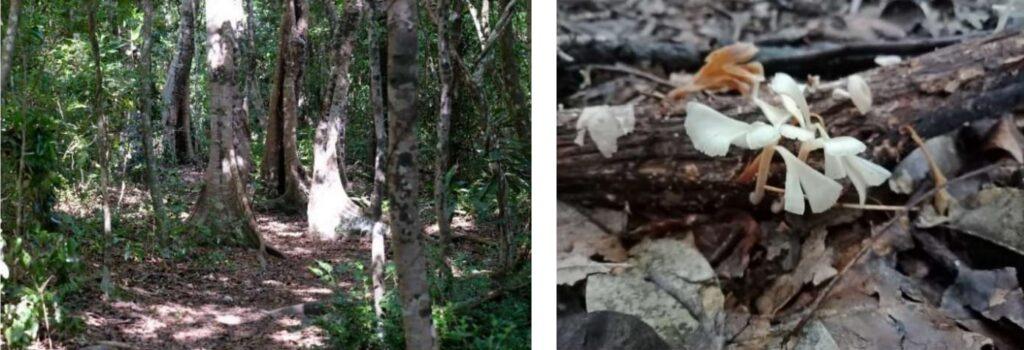
Wet season – trees and fungi (recycling trees)
Woodland
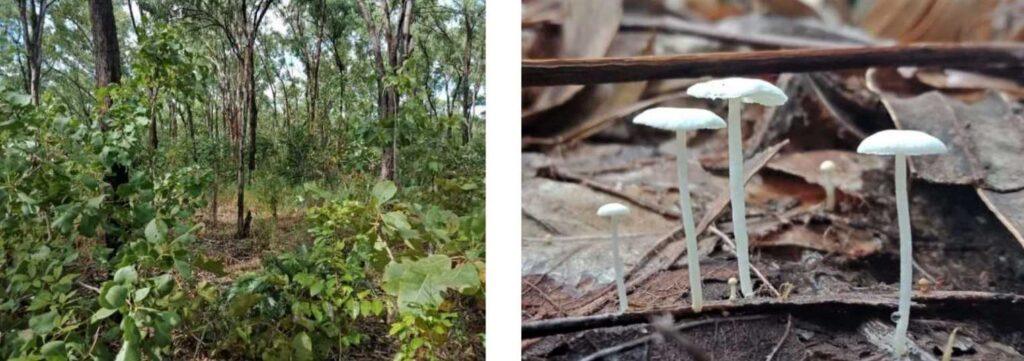
Wet season – trees and fungi (recycling trees)
Wetland and freshwater

Freshwater stream in Feb and Green pygmy geese on Lee Point Dam in Oct.
Rainforest
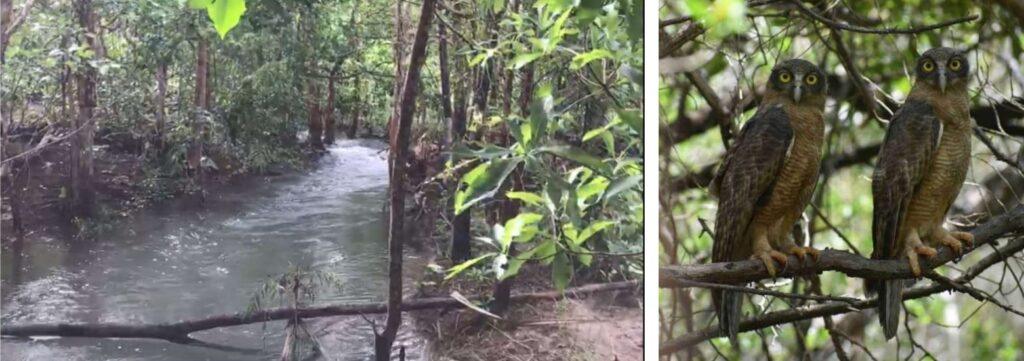
Wet season – stream and Rufous Owls – photos by Peter Brown
2.0 Walks
Thousands of people saw Gouldian Finches from May-November, mostly in the Lee Point Dam area. There were 7 self-guided walks organised by FLP at Lee Point during the year. The most popular walks involved Gouldian Finches. A record of sightings is here .
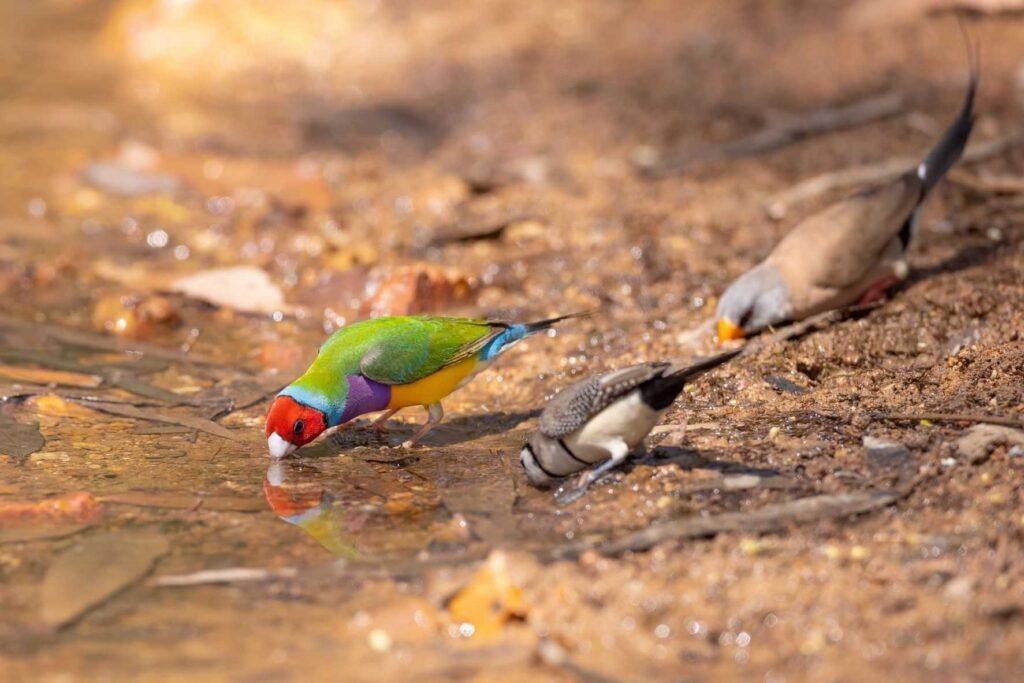
May – Gouldian Finch with other finches drinking at Lee Point Dam – photo Tobias Aakessan
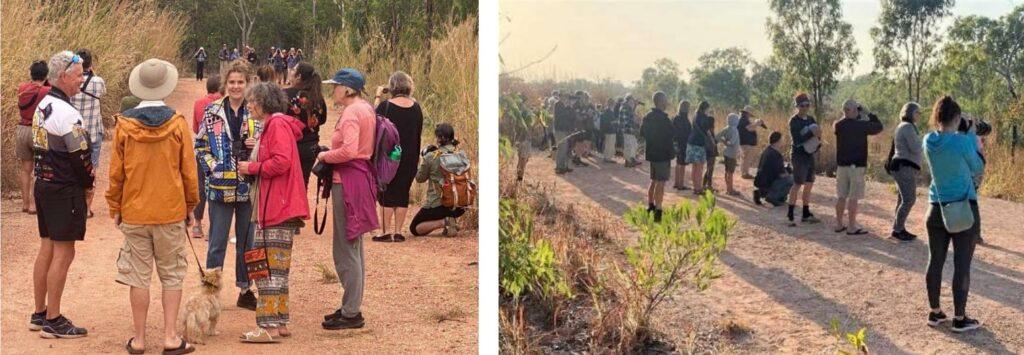
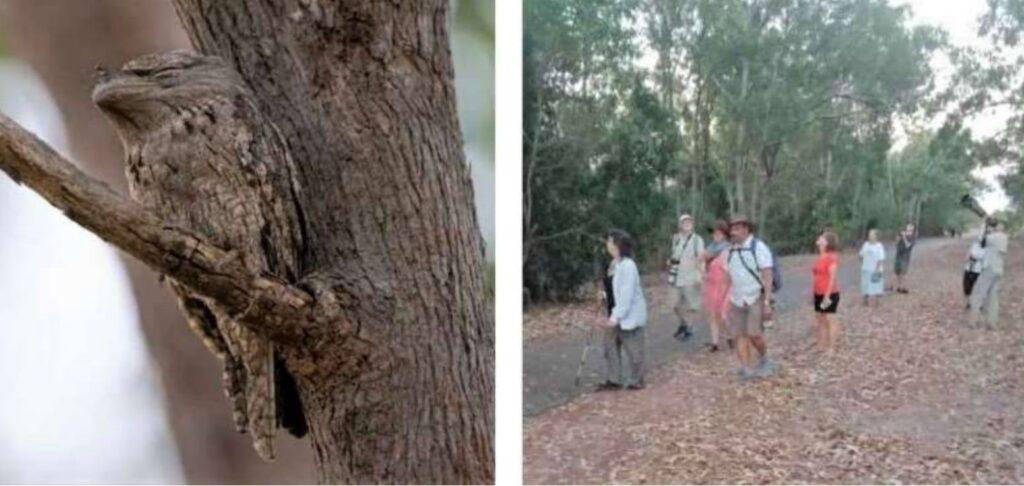
Dry season – the Gouldian Finches attracted many tour groups and photographers. People got to see many birds on the Gouldian walks including this Tawny Frogmouth.
3. Migratory shorebirds
A Welcome to Shorebirds (in October) event was held by BirdLife Top End to appreciate the amazing journeys migratory shorebirds make and the threats they face, read more. Planning Action Network and FLP helped out with the catering and associated nature walks.
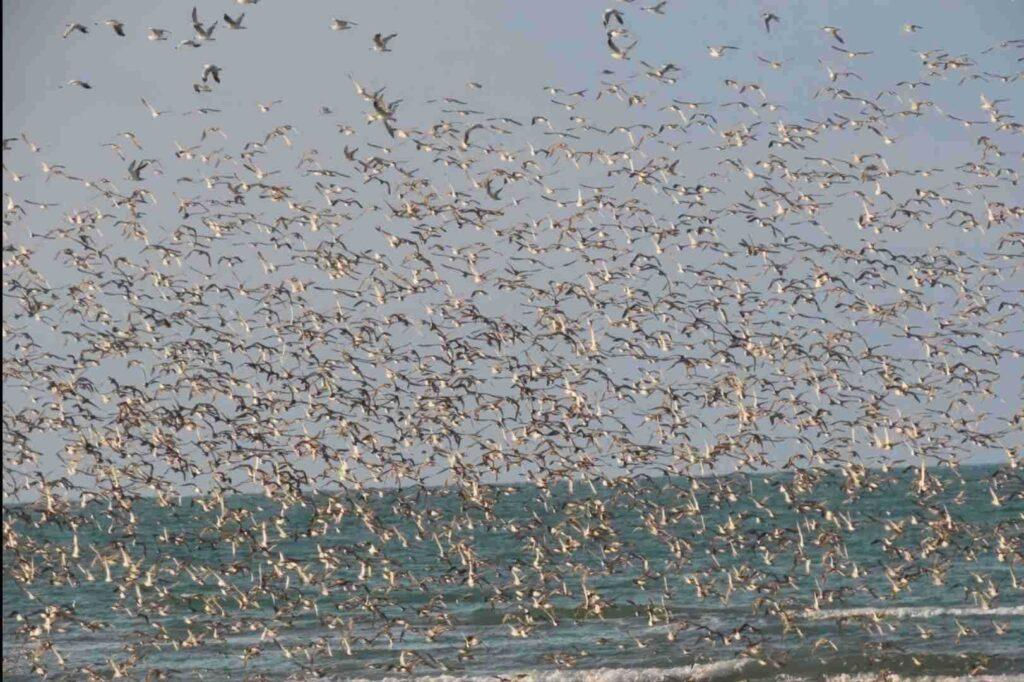
October – migratory shorebirds at Lee Point beach after returning – Photo Gavan Keane.
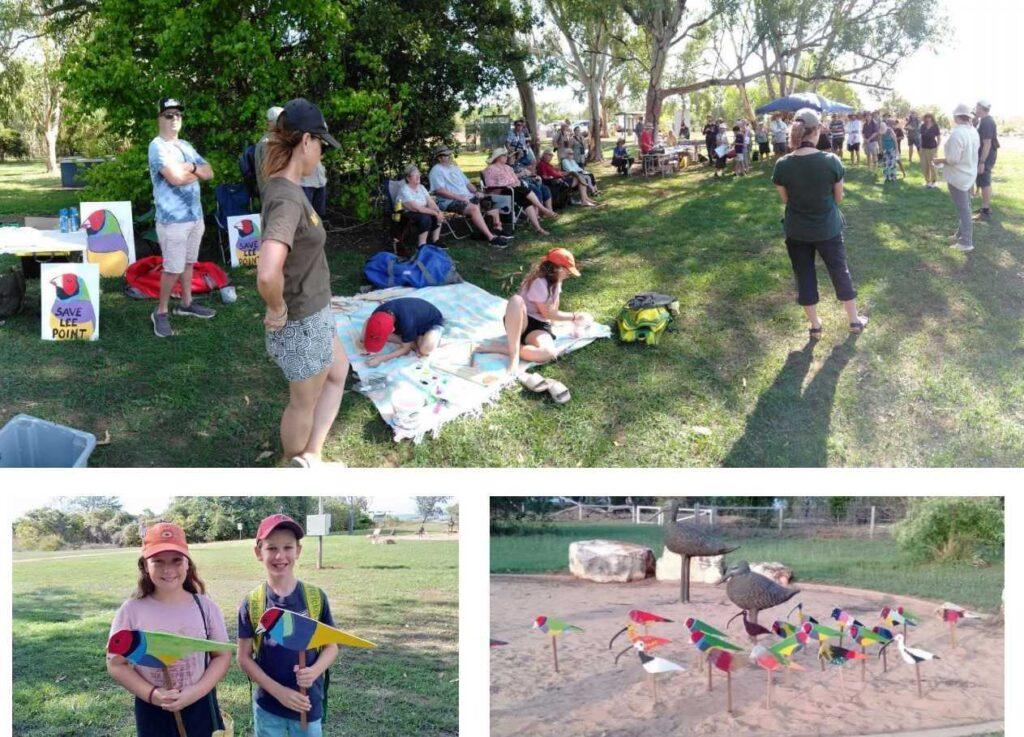
October – Welcome to Shorebirds event
4. Community awareness and art
Most Darwin northern suburb residents were unaware prior to 2020 that the developer and NT Government had come up with an Area Plan to house thousands of people at Lee Point. To help raise awareness on this matter a series of meetings/rallies and market stalls were held by FLP in conjunction with PLan (Planning Action Network) and ECNT during the year. ABC and other media ran stories on Lee Point during the year.
The federal environmental minister, Tanya Plibersek paused the development in September after ECNT provided evidence to the Australian Government on the presence of Gouldian Finches at Lee Point.
In October 2022, a petition with approx. 4.5k signatures was delivered to the NT Parliament by Kezia Purick MLA calling on the NT Government to: place a moratorium on the current housing development proposal for Lee Point until the NT Planning Commission has developed a comprehensive Area Plan for the whole of Lee Point.
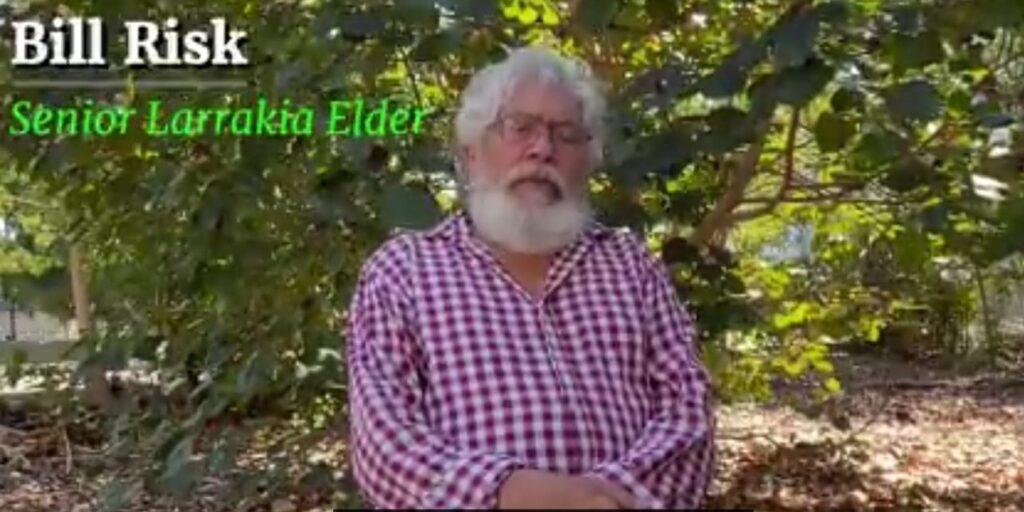
September – Bill Risk speaking out against the Lee Point development – refer link

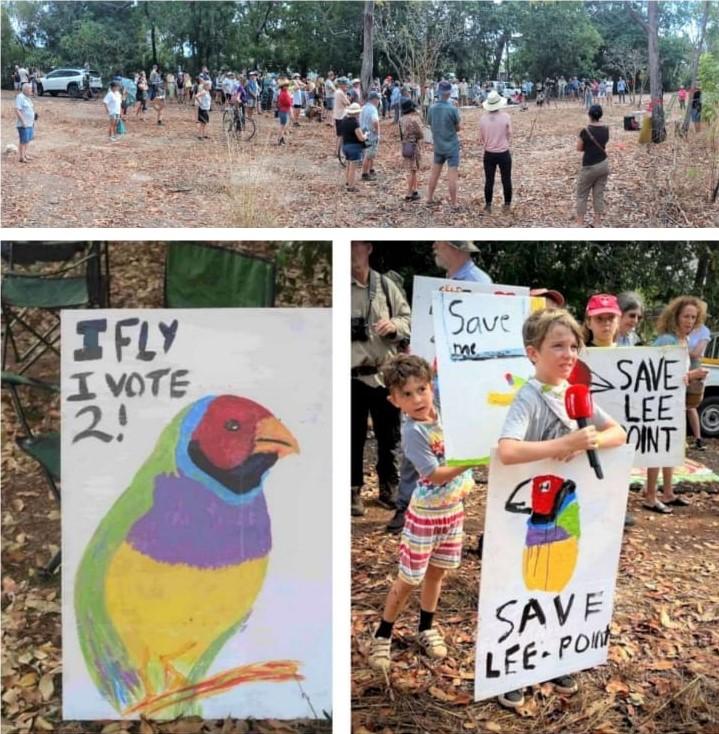
September – Community rally at Lee Point after a bulldozer arrived on Stage 2
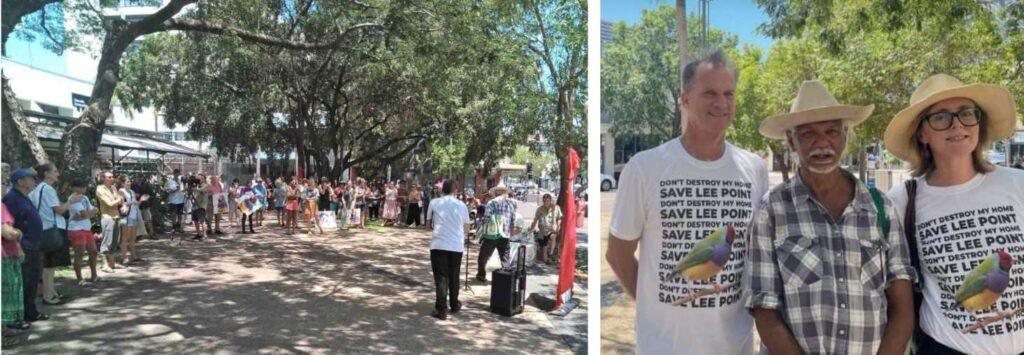
September – rally at Raintree Park and some of the speakers from the rally: Ian Redmond (FLP), Tibby Quall (Larrakia) and Kirsty Howey (ECNT).
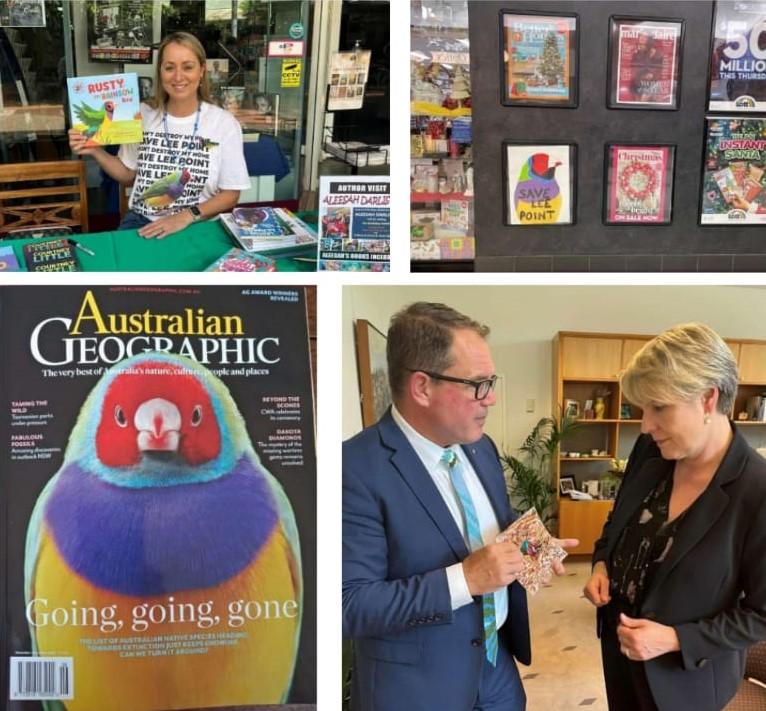
Late 2022 – (clockwise from top) Aleesah Darlison in Darwin promoting her new picture book, RUSTY, the RAINBOW Bird, Nightcliff Newsagents, federal members (Luke Gosling and Tanya Plibersek) with a Gouldian Finch photo, and Australian Geographic magazine.
Lee Point Art Competition
FLP asked young people to put into art “What you like about Lee Point”. It attracted 172 entries from around the Territory. The winning entries of this art competition can be seen at: https://saveleepoint.org.au/lee-point-art-competition-prize-winners/
The Lee Point Art Competition Exhibition was officially opened at Casuarina Library in May by Graeme Sawyer and Amye Un (City of Darwin Alderman). The exhibition was later moved to the WW11 tunnels.
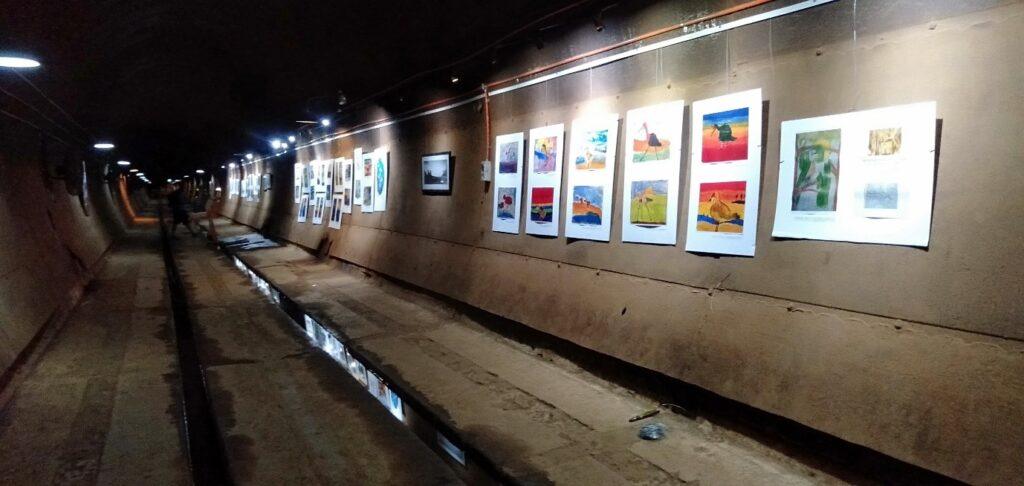
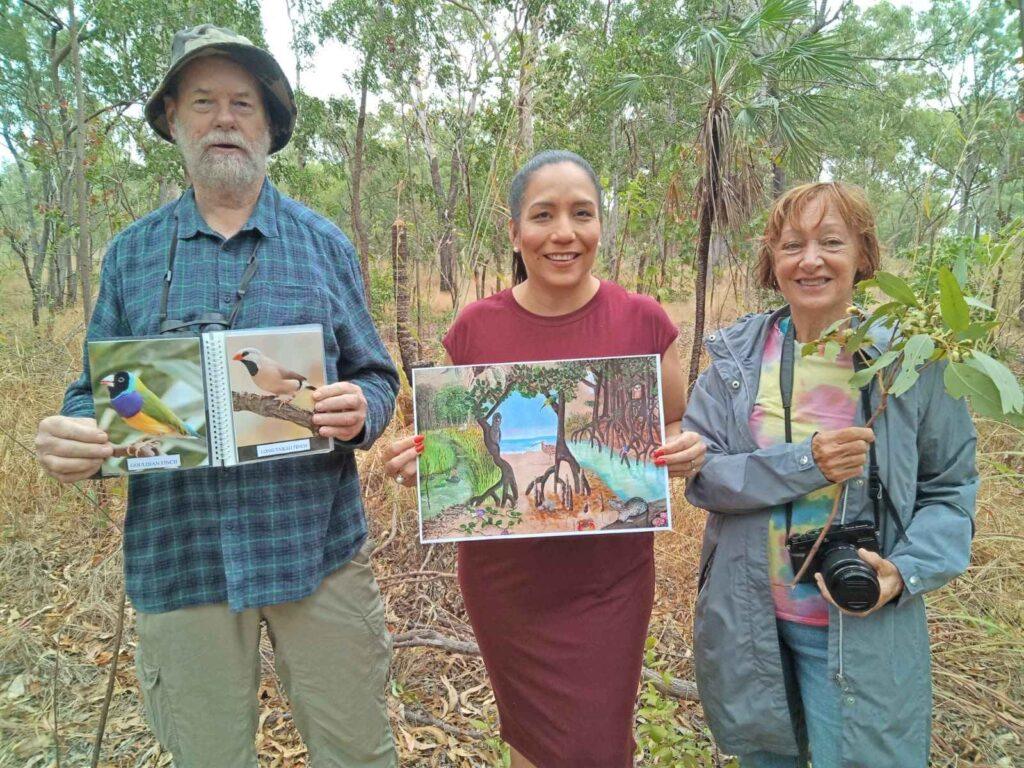
June – Rebecca Want De-Rowe (City of Darwin Alderman) in middle holding People’s Choice Award winning entry with FLP organisers Gayle Laidlaw and David Percival.
Art workshops
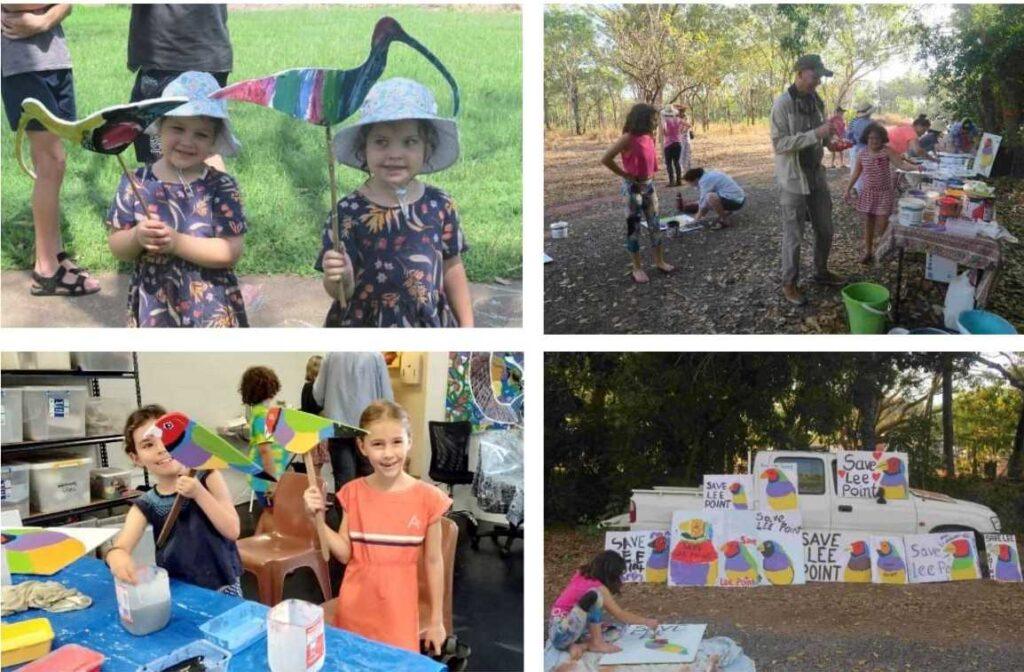
Art workshops (clockwise from top) – March at Lee Point picnic area, August – painting on a Gouldian walk plus paintings on a car, December – Darwin Community Arts.
5.0 Biodiversity
Biodiversity is the variety of living things. At the December 2022 UN conference – COP 15, Australia and the majority of nations agreed to protect 30% of the land and sea by 2030 (also called 30 by 30) to help conserve the world’s biodiversity.
Lee Point – a special part of Darwin NT, posted in 2022, covers many matters relating to biodiversity. One disturbing finding was that if the DHA development proceeds; the majority of large woodland trees will be lost from Lee Point and this represents a significant number of large woodland trees from Darwin. Large woodland trees (typically >100 years old) support biodiversity because they contain tree hollows, these are needed by many species for breeding or for shelter.
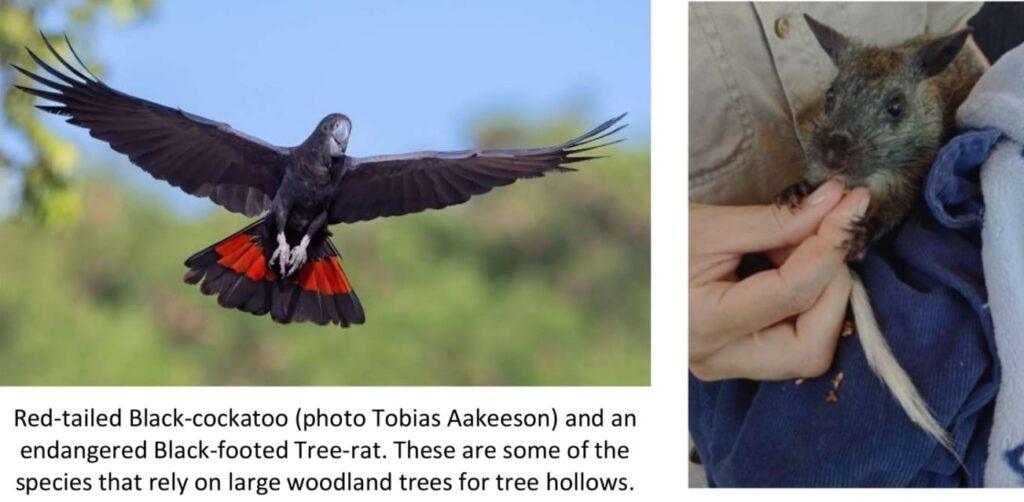
Lee Point Biodiversity corridor
This raptor moved in and added to the variety of raptors in the Lee Point area.
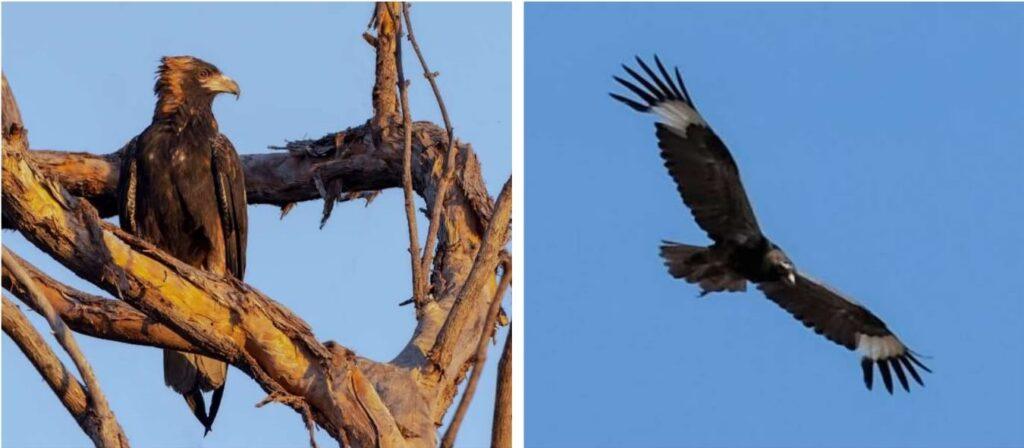
Black-breasted Buzzard south of Lee Point Dam – photo Tobias Aakesson and Gayle Laidlaw

Wet season – Carpenter Bee and Dragonfly
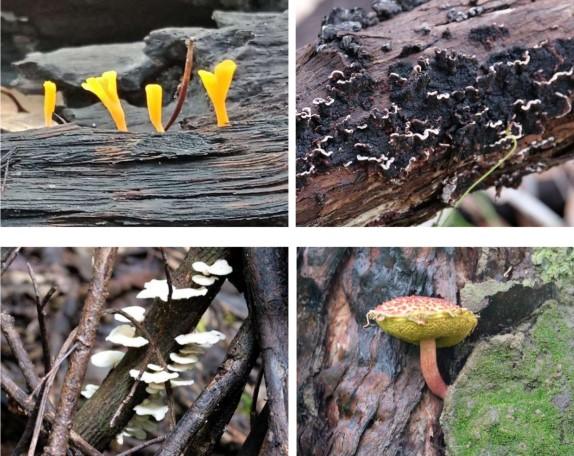
Fungi in wet season
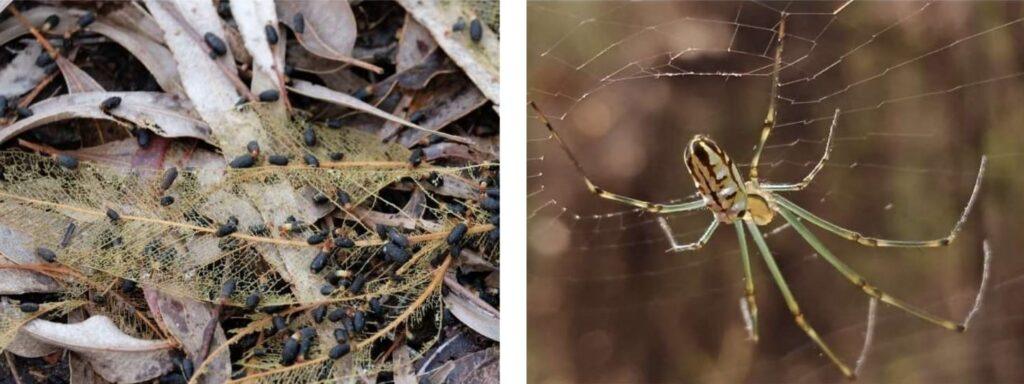
Wet season – Leaf eating bugs and Orb Spider
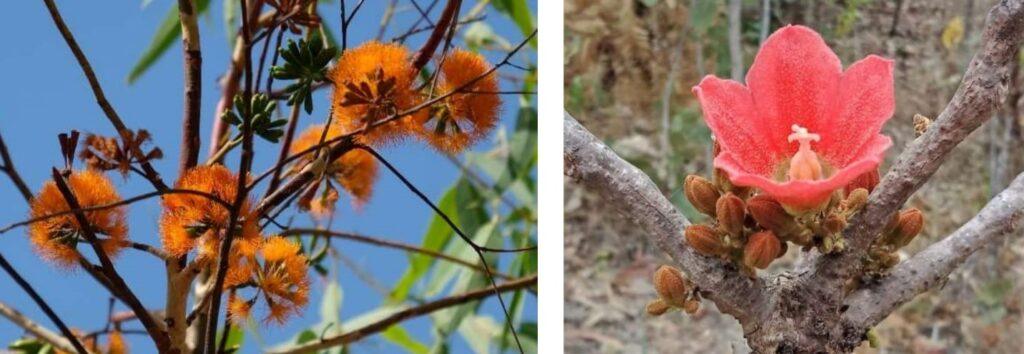
Dry season – Scarlet Gum and Red-flowered Kurrajong.
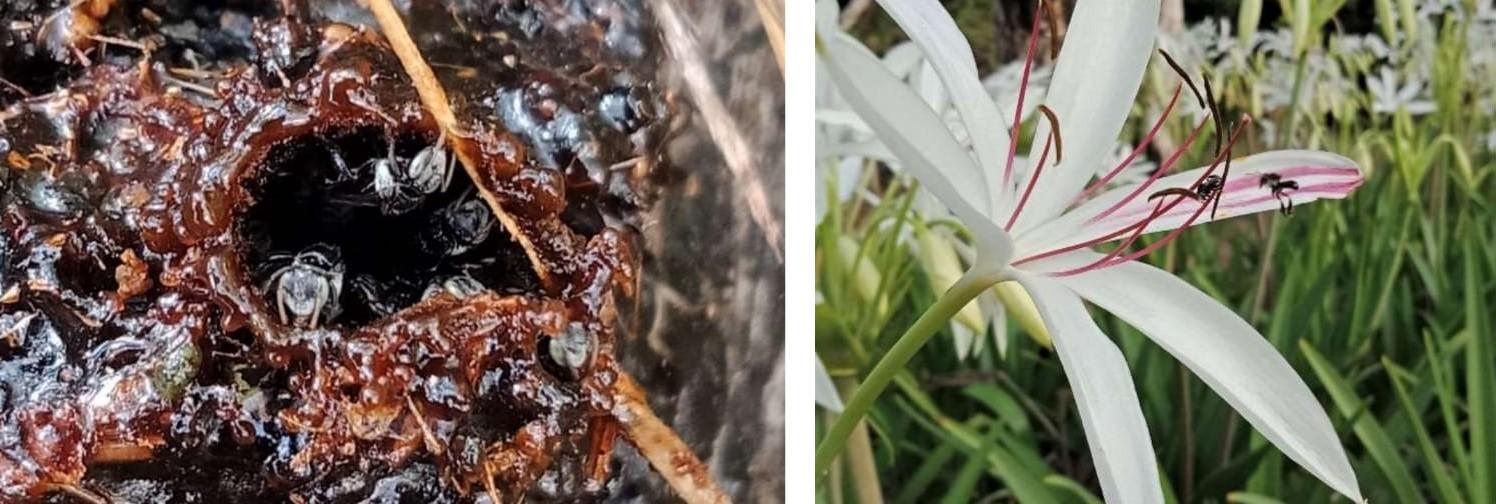
Native (stingless) bees – building a hive and pollinating a Field Lily, they are very good pollinators and many plants rely on them.
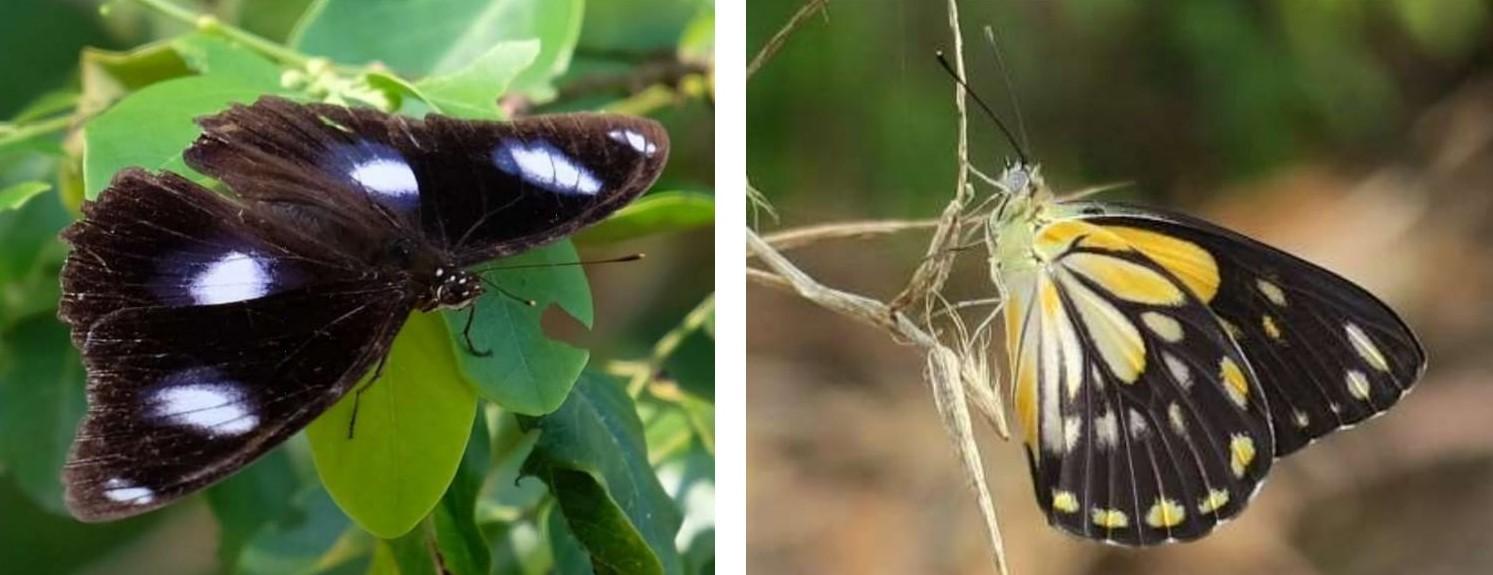
Butterflies – Eggfly and another species (not identified).
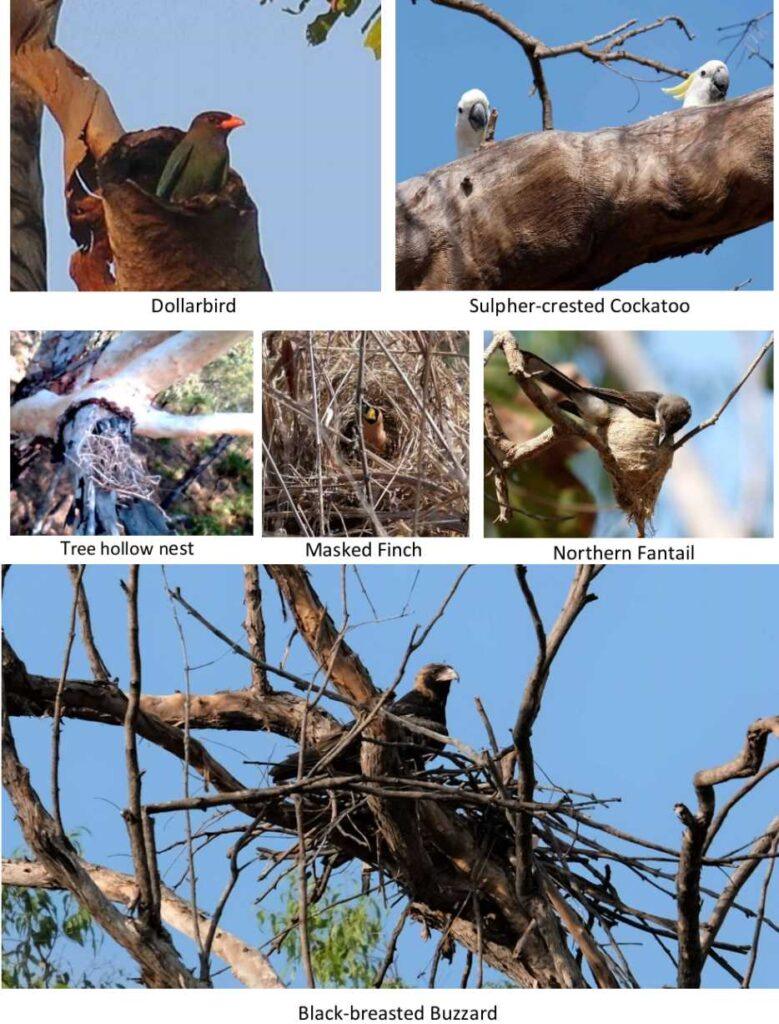
Dry season – Birds nesting in Lee Point Corridor
